Catalog
Search
374 products
View:
- Selected: 0Areas of use
- Selected: 0Item names
- Selected: 0Manufacturer
- Selected: 1Made in
- Selected: 0Additional
View:
374 products
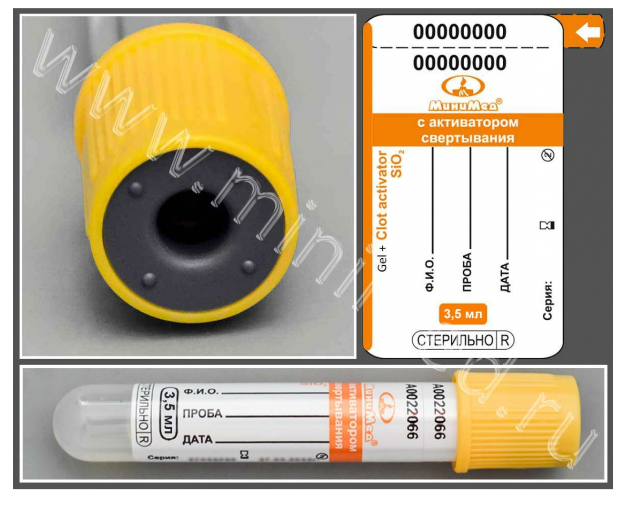
Vacuum tube MiniMed with coagulation activator and separation gel, 3.5ml,13*75 mm, yellow-orange, glass, pack of 100 pcs.
from
1 592 ₽
Test tubes are used for blood sampling in biochemistry and immunology. During centrifugation, the gel forms a strong barrier for 48 hours between the clot and the serum. The gel tubes must be centrifuged no later than 2 hours after blood collection.
Material for research............... blood serum
Scope of application............................ serum research in biochemistry, immunology
Centrifugation.............................. 1500-2000 g - 10 minutes
MiniMed
Suponevo
Produced in: Bryansk region
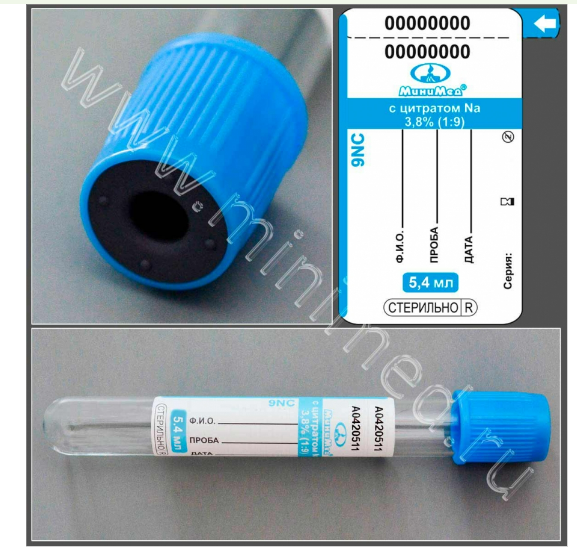
Vacuum tube MiniMed with sodium citrate 3.8%, 5.4 ml,13*100 mm, blue, glass, pack.100 pcs
from
1 357 ₽
The test tubes contain a buffer solution of sodium citrate, which is an anticoagulant. The ratio of citrate to the amount of blood taken is 1:9.
Research material............... citrate plasma, blood
Scope of application............................ coagulation study
Centrifugation................................ 2000 - 2500 g - 10-15 minutes
MiniMed
Suponevo
Produced in: Bryansk region
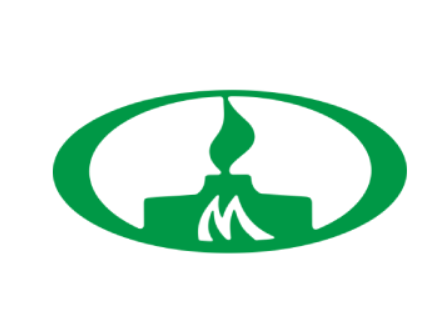
Vacuum tube MiniMed with separation gel, 10 ml, 16×100 mm, red, PET, pack.100 pcs.
from
984 ₽
Tubes without fillers are used for the study of blood serum in biochemical, immunological and serological tests. The gel forms a stable barrier between the serum and the shaped elements during centrifugation.
Research material............... blood serum
Scope of application............................ blood serum research in biochemistry, immunology, serology
Centrifugation................................ 1500 g - 10 minutes
MiniMed
Suponevo
Produced in: Bryansk region
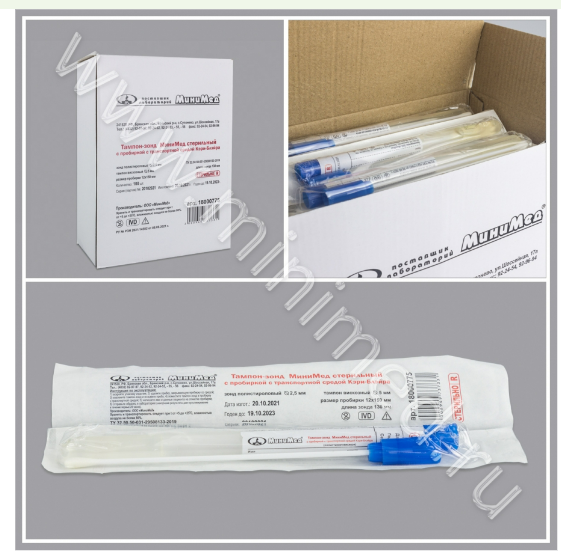
MiniMed sterile tampon probe with a test tube with a Carey-Blair transport medium,TU 32.50.50-031-29508133-2019 , ind. pack./100 pcs./1000
from
2 100 ₽
Keri Blair transport medium is a modification of Stewart's basic transport medium designed specifically for the transportation and storage of fecal and rectal samples containing Salmonella spp., Shigella spp., Vibrio spp., Campylobacter spp., Pseudomonas spp., Escherichia coli and other microorganisms. This medium is standard for the transportation of anaerobes. Bacterial cultures are guaranteed to remain viable for up to 48 hours at a temperature of 15-22 ° C. The tampon probe is packed in a high-impact PP tube (12*150 mm). The test tube is provided with a label indicating: batch number, date of sterilization, expiration date, manufacturer, supplier, registration certificate, and also provides a place for applying information about the patient and the sample. The edge of the label is fastened with a stopper that closes the tube with a tampon - the label serves as the control of the first opening.
Store at a temperature not lower than + 5 °C and not higher than + 25 °C.
MiniMed
Suponevo
Produced in: Bryansk region
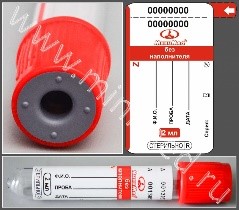
Vacuum tube MiniMed without filler, 2 ml, 13×75 mm, red, PET, pack.100 pcs,I
from
678 ₽
Tubes without fillers are used for the study of blood serum in biochemical, immunological and serological tests.
Research material............... blood serum
Scope of application............................ blood serum research in biochemistry, immunology, serology
Centrifugation................................ 1000 - 1500 g - 10 minutes
MiniMed
Suponevo
Produced in: Bryansk region
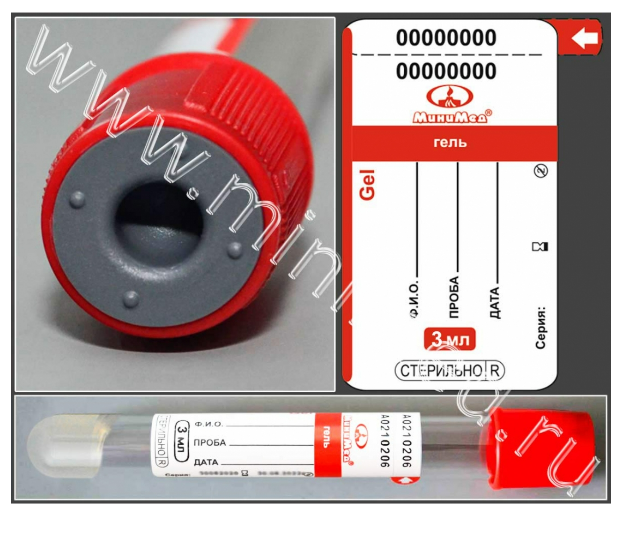
Vacuum tube MiniMed with separation gel, 3 ml, 13×100 mm, red, PET, pack.100 pcs,
from
847 ₽
Tubes without fillers are used for the study of blood serum in biochemical, immunological and serological tests. The gel forms a stable barrier between the serum and the shaped elements during centrifugation.
Research material............... blood serum
Scope of application............................ blood serum research in biochemistry, immunology, serology
Centrifugation................................ 1500 g - 10 minutes
MiniMed
Suponevo
Produced in: Bryansk region
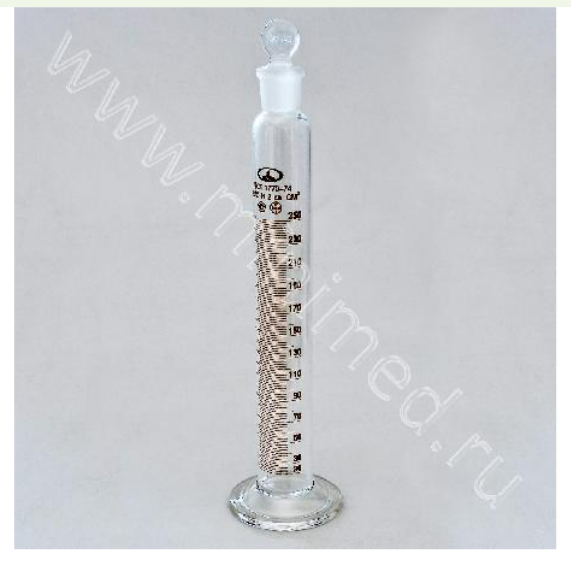
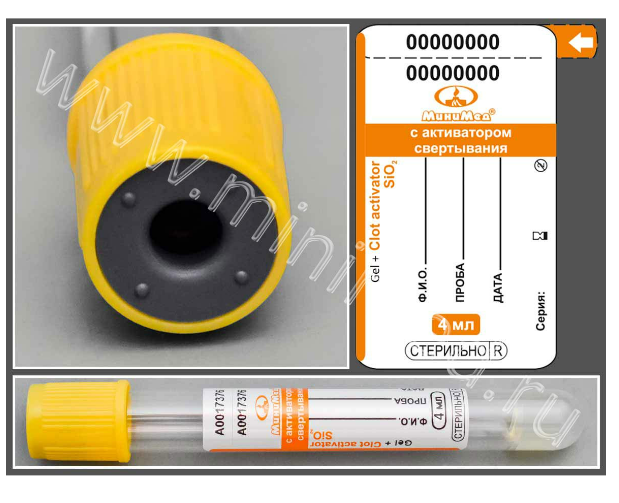
Vacuum tube MiniMed with coagulation activator and separation gel, 4ml,13*100 mm, yellow-orange, glass,pack of 100 pcs.
from
1 673 ₽
Test tubes are used for blood sampling in biochemistry and immunology. During centrifugation, the gel forms a strong barrier for 48 hours between the clot and the serum. The gel tubes must be centrifuged no later than 2 hours after blood collection.
Material for research............... blood serum
Scope of application............................ serum research in biochemistry, immunology
Centrifugation.............................. 1500-2000 g - 10 minutes
MiniMed
Suponevo
Produced in: Bryansk region
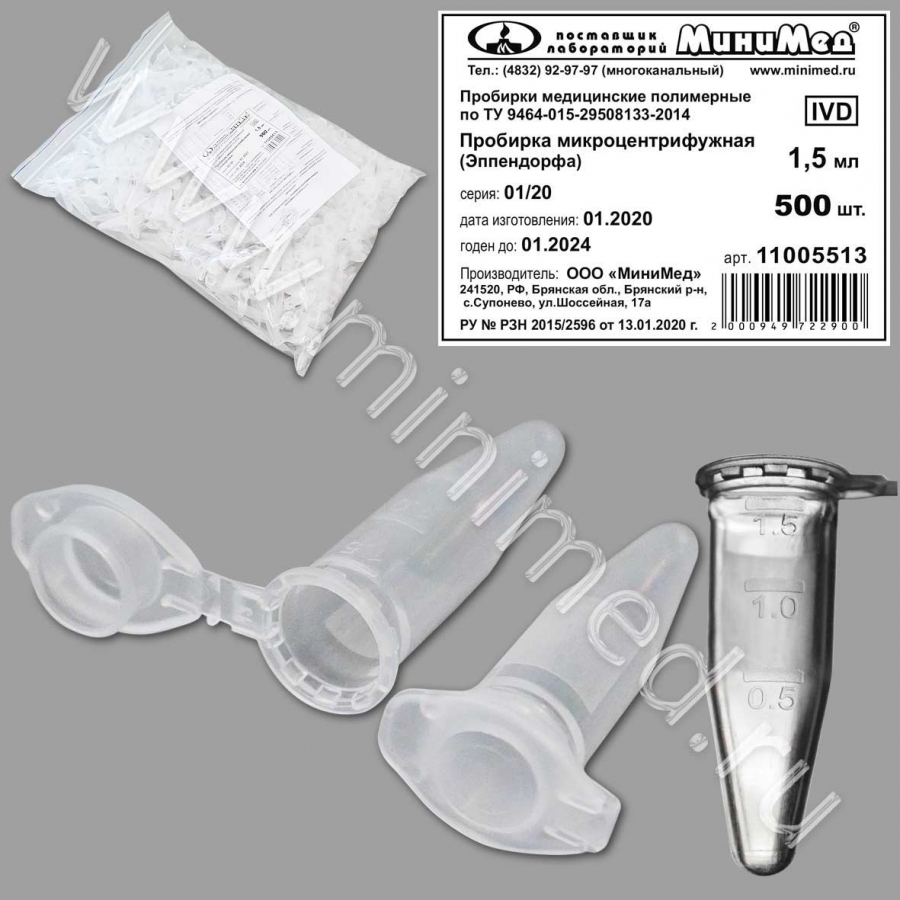
Medical polymer test tube according to TU 9464-015-29508133-2014, microcentrifuge (Eppendorf) 1.5 ml, with del., p/p, pack.500 pcs / 2.5 thousand pcs
from
245 ₽
Designed for storage, transportation and centrifugation of micro samples in research laboratories. The Eppendorf tube is a graduated microcentrifuge tube with a snap-on, easily pierced lid. The test tube is made of polypropylene, which provides the possibility of autoclaving in standard mode. With a field for recording.Centrifugation at 3000 g.
MiniMed
Suponevo
Produced in: Bryansk region

Vacuum tube MiniMed with K2-EDTA, 5 ml, 13×100mm, purple, glass, pack.100 pcs
from
1 235 ₽
The potassium salt of ethylenediaminetetraacetic acid (EDTA) is the preferred anticoagulant for hematological studies.
Material for research............... EDTA-blood, plasma
Scope of application............................ hematological examination of whole blood
MiniMed
Suponevo
Produced in: Bryansk region
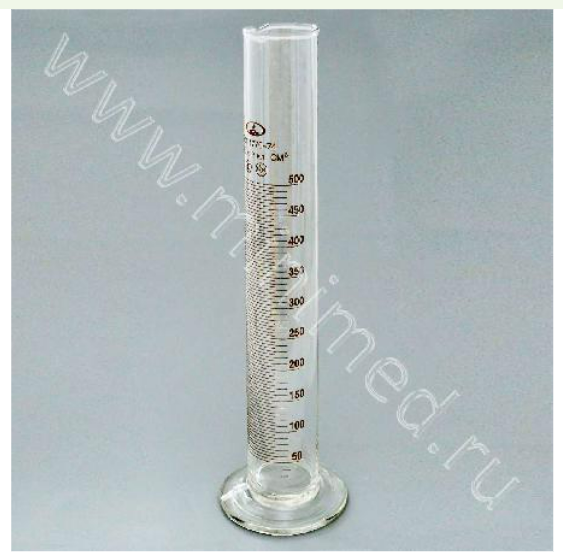
Cylinder 1-500-2 with spout and glass base
from
695 ₽
Designed for dispensing volatile liquids. The applied scale of brown or white colors is completely resistant to any influences.
specifications 9464-013-52876351-2014, GOST 1770-74, pack.2/32 pcs, Minimedprom is prepared according to TU 9464-013-52876351-2014 in accordance with the technical requirements of GOST 1770-74.
The products are made of chemical laboratory glass according to GOST 21400. Version 1, accuracy class 2.
RU No. RZN 2016/4740 dated 10/25/2021
MiniMed
Suponevo
Produced in: Bryansk region
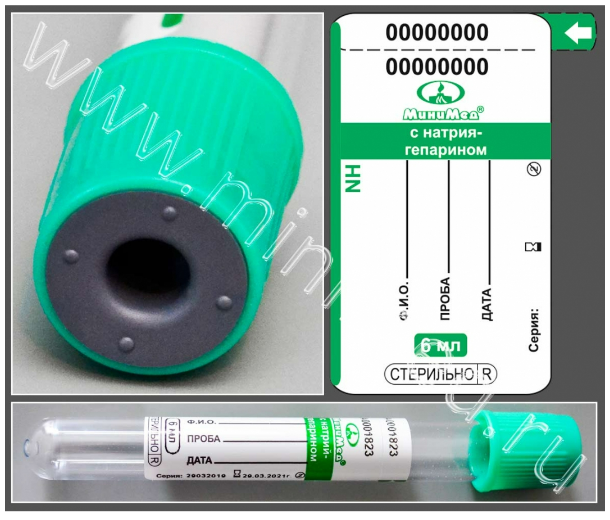
Vacuum tube MiniMed with sodium heparin, 6 ml, 13×100 mm, green, PET, pack.100 pcs,
from
1 100 ₽
Test tubes are used to count blood cells and study plasma parameters. When mixed with the collected material, heparin blocks the activity of thrombin and inhibits the transition of soluble fibrinogen to insoluble fibrin, inactivating the coagulation factors irreversibly.
Material for research............... heparinized blood, plasma
Scope of application............................ immunology, hematology
Centrifugation................................ 1000 - 1500 g - 10 minutes
MiniMed
Suponevo
Produced in: Bryansk region
